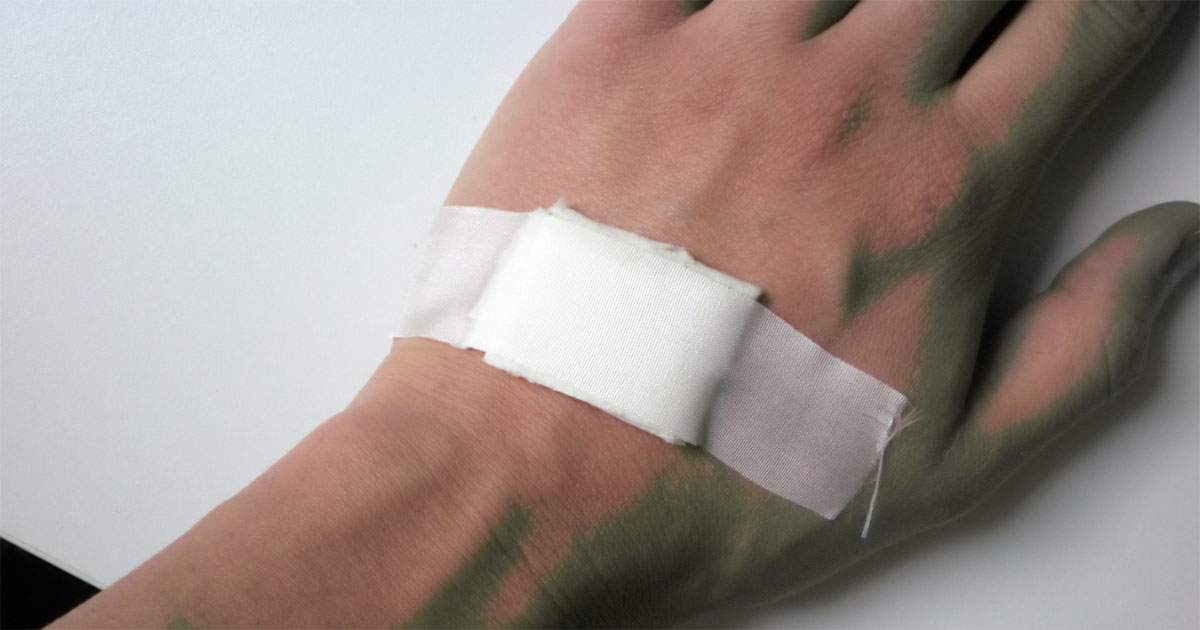Follow us on Telegram for the latest updates: https://t.me/mothershipsg
Some 95 per cent of monkeypox cases have been transmitted through sexual activity, AFP reported, which is based on the largest study to date published in the New England Journal of Medicine on July 21.
The latest paper looked at 528 confirmed infections in 16 countries between April 27 and June 24, 2022.
Not a sexually transmitted infection though
Led by scientists at the Queen Mary University of London, first author John Thornhill stressed in a statement that monkeypox is not a sexually transmitted infection.
He said: "It is important to stress that monkeypox is not a sexually transmitted infection in the traditional sense; it can be acquired through any kind of close physical contact."
Although sexual activity was behind most cases, the researchers stressed that the virus can be spread via any close physical contact.
The infection could be passed on from respiratory droplets and potentially through clothing and other surfaces.
Spread between men, data showed
But the spread of monkeypox has been mostly the result of sexual activity between men.
Thornhill added: "However, our work suggests that most transmissions so far have been related to sexual activity - mainly, but not exclusively, amongst men who have sex with men."
The new research allows the understanding of the ways monkeypox is spread and the groups in which it is spreading, as well as its identification and prevention, the statement also noted.
What data revealed
Overall, 98 per cent of infected people were gay or bisexual men, 41 per cent had HIV, and the median age was 38.
Their median number of sex partners was five in the prior three months.
Around a third were known to have visited sex parties, saunas, or similar venues within the previous month.
Many of those infected showed symptoms not previously associated with monkeypox, including single genital lesions and sores on the mouth or anus, which are new clinical signs.
These are similar to those of sexually transmitted infections (STIs) and could lead to misdiagnosis, the authors said.
Most cases were mild and there were no deaths.
Some 13 percent of the persons were admitted to a hospital, but no serious complications were reported in the majority of them.
The World Health Organisation experts have debated whether to sound the highest alarm to classify the outbreak as a global health emergency.
Top photo via The Focal Project/ Flickr
If you like what you read, follow us on Facebook, Instagram, Twitter and Telegram to get the latest updates.
